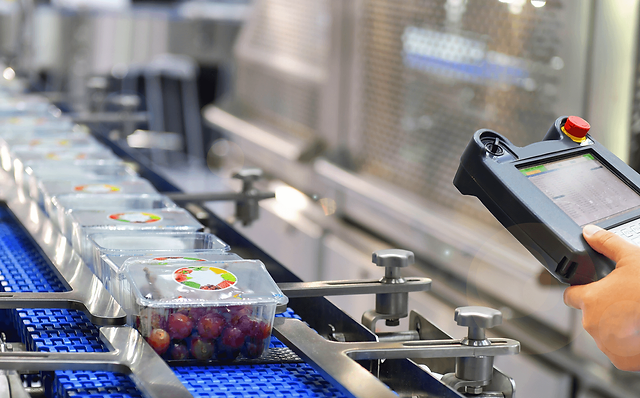In the pharmaceutical industry, the integrity of packaging, especially for ampoules, is a critical aspect of quality control. Advanced leak detection technologies have become indispensable in ensuring the safety and efficacy of pharmaceutical products. This article delves into the importance of these technologies, focusing on the leak test procedure for pharmaceuticals.
The Criticality of Leak Testing in Pharmaceuticals
Leak testing is a vital process in the pharmaceutical industry. It ensures that products, particularly those in ampoules, are securely sealed and free from contamination. This is crucial not only for consumer safety but also for maintaining the product’s effectiveness.
Understanding Ampoules and Their Vulnerabilities
Ampoules are small sealed vials used extensively in the pharmaceutical industry to store and preserve a variety of medications. Their integrity can be compromised by even the smallest of leaks, which could lead to contamination and reduced efficacy of the medication.
Leak Test Procedure for Pharmaceuticals
The leak test procedure for pharmaceuticals involves several methods to detect breaches in packaging. These methods range from dye ingress tests to vacuum and pressure decay tests. The choice of method often depends on the type of product and the sensitivity required.
Advanced Technologies in Leak Detection
Recent advancements in leak detection technology have led to more sophisticated and sensitive methods. Technologies such as laser-based systems, high-voltage leak detection (HVLD), and mass spectrometry offer high accuracy in detecting microleaks without damaging the ampoules.
Laser-Based Leak Detection
Laser-based leak detection involves using laser technology to identify changes in the seal integrity of ampoules. This method is highly precise and can detect leaks that are otherwise invisible to the naked eye.
High-Voltage Leak Detection (HVLD)
HVLD is a non-destructive testing method that is particularly effective for ampoules. It works by applying a high voltage to the product and detecting any electrical discharge caused by a leak. This method is fast and efficient, making it ideal for high-volume production lines.
Mass Spectrometry in Leak Testing
Mass spectrometry is another advanced technique used in leak testing. It involves analyzing the air surrounding the packaging for any trace gases that may have escaped from a leak, offering a high degree of sensitivity and accuracy.
Automation in Leak Detection
The integration of automation in leak detection has significantly improved the efficiency and reliability of testing. Automated systems can handle large volumes of ampoules, ensuring consistent and accurate testing, which is essential for maintaining high standards in pharmaceutical manufacturing.
Regulatory Compliance and Leak Testing
Adherence to regulatory standards is paramount in the pharmaceutical industry. Advanced leak detection technologies ensure compliance with international standards, helping manufacturers avoid costly recalls and maintain consumer trust.
The Importance of Training and Skill Development
While technology plays a crucial role in leak detection, the importance of skilled personnel cannot be understated. Proper training in operating these advanced systems and interpreting their results is essential for effective quality control.
Future Trends in Leak Detection
The future of leak detection in pharmaceuticals is likely to see further advancements in technology, with a focus on even greater accuracy and efficiency. Developments in artificial intelligence and machine learning could lead to smarter, more adaptive leak detection systems.
Conclusion
Advanced leak detection technology for ampoules is a critical component of quality control in the pharmaceutical industry. With the advent of sophisticated methods like HVLD, laser-based systems, and mass spectrometry, manufacturers are better equipped than ever to ensure the integrity of their products. As technology continues to evolve, the leak test procedure for pharmaceuticals will remain a key factor in safeguarding the efficacy and safety of pharmaceutical products.
